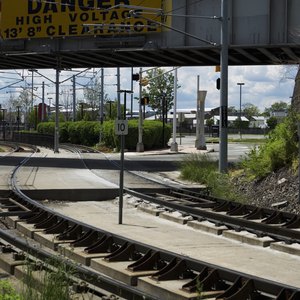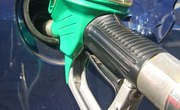
Railroad tracks are necessary for freight and passenger train traffic throughout the country. However, living near railroad tracks poses health and safety risks. For those reasons and because of the noise, home values are usually lower along railroad tracks. Weigh all options before purchasing or moving into a home close to the tracks.
Asthma
A study completed by the Mayo Clinic measuring 3,970 people found asthma to be 40 to 70 percent more prevalent in children who lived near a railroad intersection. The pollution caused by the diesel engines permeate the air around the tracks and the homes in the nearby area.
Train Track Dangers
Railroad tracks are often not fenced in and many children have put themselves in danger when playing on or near the tracks. According to Operation Life Saver, “every three hours, a person or vehicle is hit by a train.” Living in close proximity to railroad tracks increases the likelihood of your children walking near the tracks to get to or from school or when playing in the neighborhood. Look for tracks with fencing to ensure child safety around the railroad tracks.
Electrocution
Railroad tracks and railways in big cities have electric tracks with electricity that is on at all times. Children and adults who don’t know the facts are at increased risk of electrocution. In a study by Network Rail, two-thirds of parents hadn’t discussed railway safety with their children and half didn’t know the rail electricity was on at all times. Sixty-nine people had been electrocuted in the 10 years prior to the study; 72 more suffered injuries, with 23 aged 15 or younger.
Cancer
A state study in California found those living near railroad stations, especially those with high traffic volume, to have higher risk for cancer due to exposure to diesel pollution from the trains. Factors to consider are proximity to the tracks or station, volume of trains, and freight percentage. Each of the mentioned factors increases the risk.
Traffic
At most train intersections, a long line of cars will stop when waiting for a train to pass. These idling cars increase the pollution in the neighborhood and can contribute to impatient drivers and unsafe driving practices when the train does pass.
References
Writer Bio
Veronica Maier has been an active online writer since 2010. She has been a contributing writer to eHow and Answerbag. Maier holds a Bachelor of Arts in art history and visual culture with an emphasis on the American modern from the University of California, Santa Cruz.

